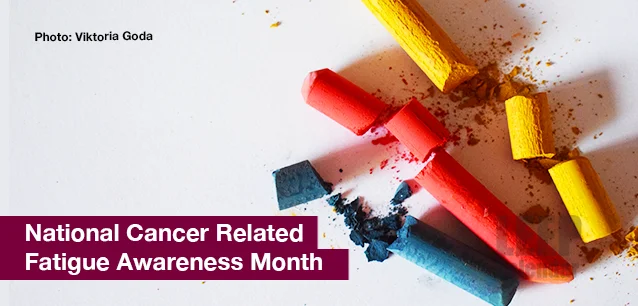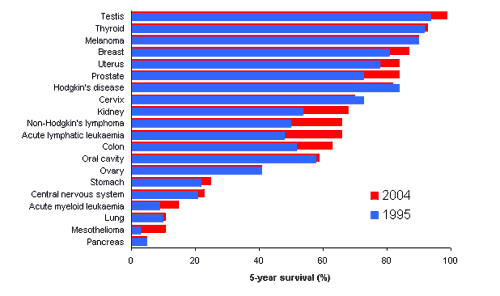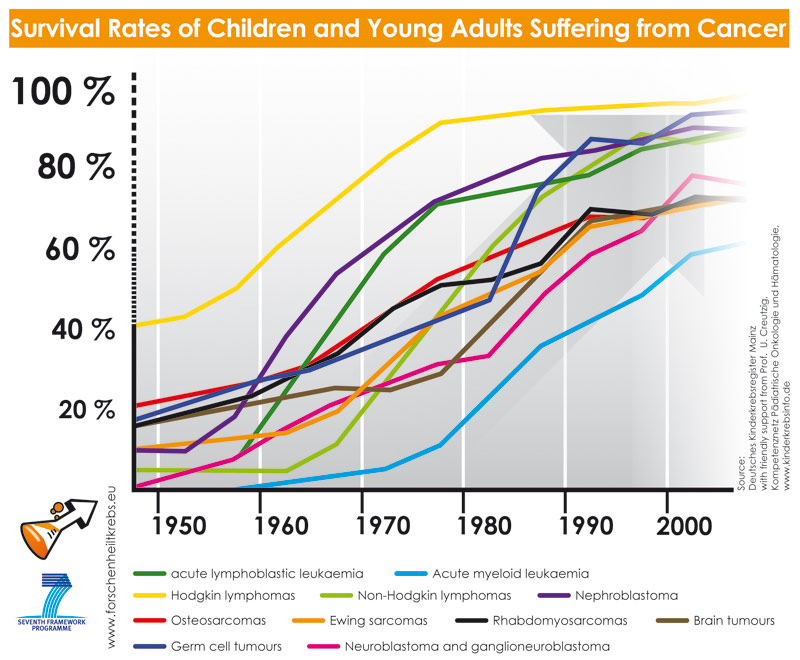 AD
AD
Today is: November 24
Scroll to explore events active on this date.
LEEP INK FEATURES

Nuanced November 2024
November is the start of the holiday season in many parts of the world. It is a time for family, football, food, shopping and decorating, particularly in the Christian and Jewish world, leading to Christmas and...

December's Gift
Events in December 2024. Well, we made it to December. December is the holiday season, particularly in Western nations, where Christianity and Judaism are the faiths most common in the nation's past. ...

August is Appropos
A toddler playing in the fountain at a park in Santa Fe, New Mexico—Photo LD Lewis. In August, we live through the Dog Days of Summer. It's hot and often humid, and those ...
About National Cancer Related Fatigue Awareness Month
United States
Ends: Dec 31, 2022
DESCRIPTION:
The American Cancer Society, the National Cancer Institute, the US Government, and various other cancer-related organizations promote Cancer Related Fatigue Awareness Month.
The National Cancer Institute of the United States defines cancer-related fatigue as such:
"Fatigue is cancer treatment's most common side effect tied to chemotherapy, radiation therapy, or selected biological response modifiers. Cancer treatment-related fatigue generally improves after therapy, but fatigue may persist for months or years following treatment. Research indicates that fatigue may be a significant issue long into survivorship for at least a subset of patients. Fatigue presents as a symptom in cancers that produce problems such as anemia, endocrine changes, and respiratory obstruction and is common in people with advanced cancer who are not undergoing active cancer treatment. Cancer treatment-related fatigue occurs in 14% to 96% of patients undergoing cancer treatment and 19% to 82% post-treatment.
Several studies have documented significantly worse fatigue in cancer survivors compared with non-cancer populations, as described in one review article. For example, a Norwegian cross-sectional study compared the prevalence of fatigue in long-term survivors of testicular cancer (n = 1,431) at an average of 11 years post-treatment with the majority of fatigue in age-matched men in the general Norwegian population (n = 1,080). The prevalence of chronic cancer-related fatigue (CRF) was 17.1% (95% confidence interval [CI], 15.2–19.1%) among testicular cancer survivors, compared with 9.7% (95% CI, 8.0–11.5%) in the general population. Chronic CRF was also associated with multiple psychosocial problems, somatic complaints, and poor quality of life.
Fatigue, like pain, is viewed as a self-perceived state. Patients may describe fatigue as feeling:
• Tired
• Weak
• Exhausted
• Lazy
• Weary
• Worn-out
• Heavy
• Slow
• Like they do not have any energy or any get-up-and-go."
This month is about educating those dealing with cancer, those supporting cancer patients, and their caregivers on how to mitigate this side effect and live fuller lives.
VIDEOS
Currently, this event does not have supporting videos.
Where would you like to go now?
 AD
AD





/footer-logo.svg)
